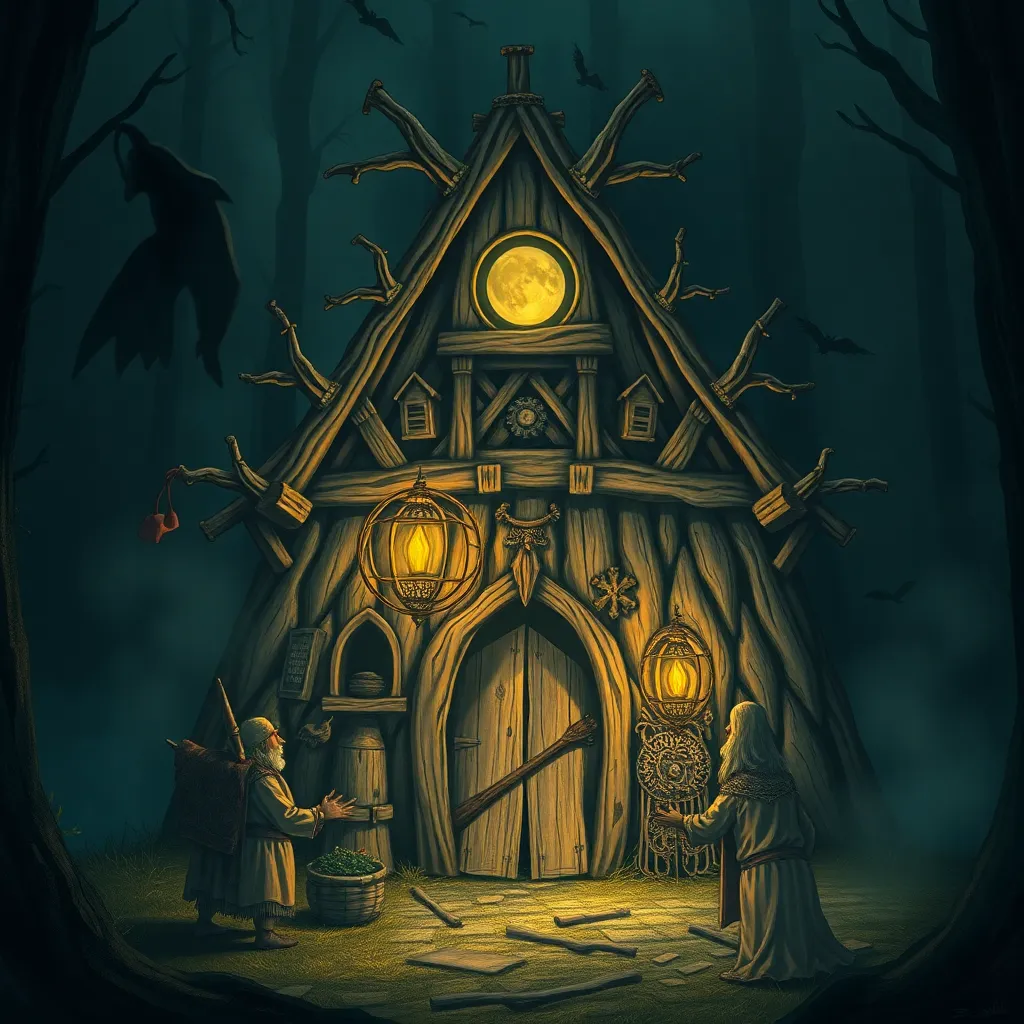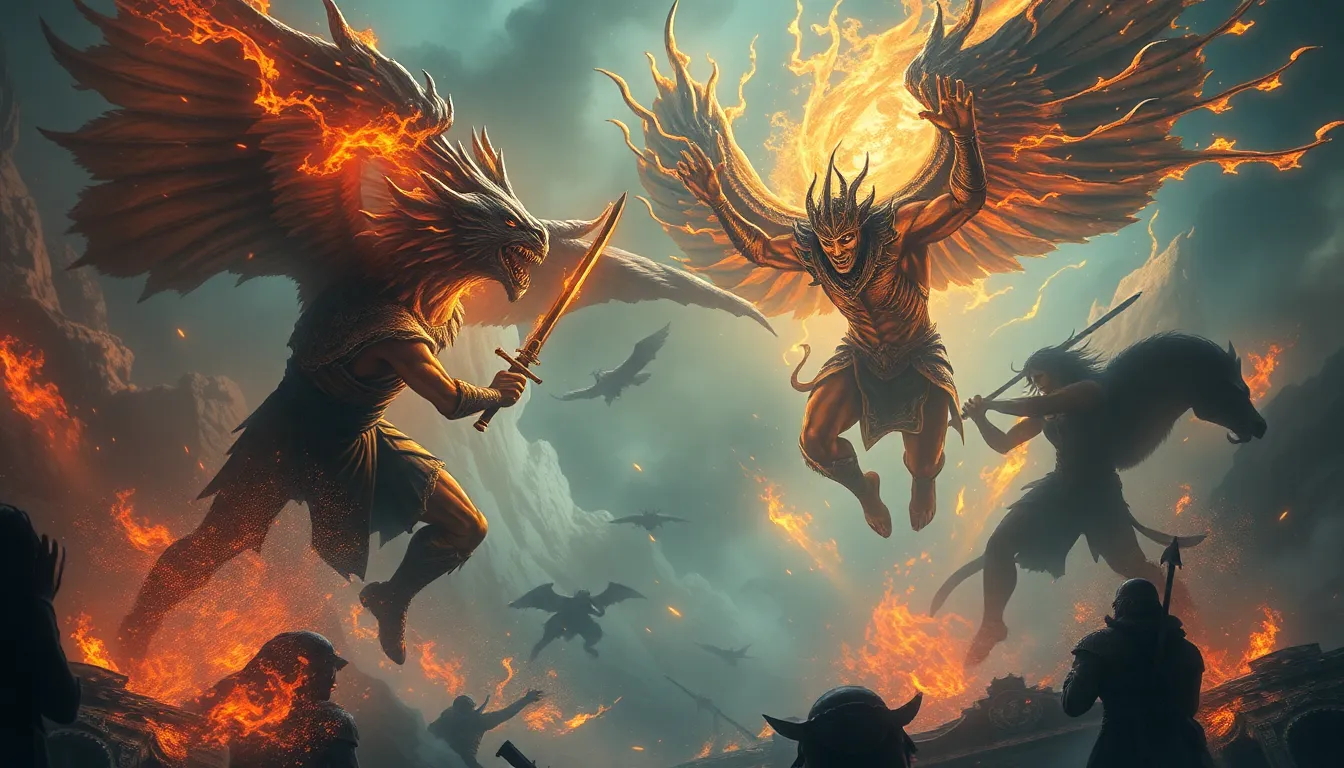Baba Yaga and the Quest for Knowledge: Learning from the Wise Old Hag
I. Introduction
Baba Yaga is a central figure in Slavic folklore, often depicted as a fearsome witch with a complex personality. She is known for her distinctive appearance, characterized by her long nose and sharp teeth, and she often lives in a magical hut that stands on chicken legs. Baba Yaga plays a significant role in many tales, serving both as a villain and a wise guide. Through her stories, the themes of wisdom and knowledge emerge prominently, emphasizing the importance of learning from the unconventional and the unexpected.
The purpose of this article is to explore the various lessons that can be drawn from the character of Baba Yaga. By examining her dual nature, the symbolism of her hut, and her interactions with those who seek her wisdom, we can uncover insights that remain relevant even in contemporary life.
II. The Mythical Character of Baba Yaga
Baba Yaga embodies a unique blend of characteristics that make her one of the most intriguing figures in folklore. She is often portrayed as an old woman who possesses great knowledge and power, living deep in the forest away from civilization. Her personality is complex; she can be both a frightening adversary and a wise mentor.
- Description: Baba Yaga is typically described as having a bony, thin frame, with iron teeth and a long, hooked nose.
- Role in Culture: In Slavic mythology, she is often seen as a guardian of the forest and the keeper of knowledge.
- Duality: Baba Yaga is known to help those who approach her with respect and cunning, while also presenting challenges to those who act foolishly.
III. The Symbolism of Baba Yaga’s Hut
The hut of Baba Yaga is one of the most recognizable elements of her lore. It is often depicted as a magical dwelling that stands on chicken legs, allowing it to move and turn to face visitors.
- Architectural Elements: The hut symbolizes the connection between the natural and supernatural worlds, representing a threshold that characters must cross to gain knowledge.
- Chicken-Legged Hut: The mobility of the hut embodies the idea that knowledge is not static; it requires effort and movement to attain.
- Metaphor for the Journey: The journey to Baba Yaga’s hut reflects the quest for wisdom, where one must navigate challenges and uncertainties.
IV. Lessons from Baba Yaga’s Encounters
Baba Yaga’s interactions with heroes in various tales reveal common themes that highlight important life lessons.
- Resilience: Many who seek her wisdom must demonstrate resilience in the face of adversity.
- Cleverness: Characters often need to outsmart Baba Yaga or solve riddles to earn her respect and guidance.
- Key Tales: In stories such as “Vasilisa the Beautiful,” Baba Yaga’s wisdom ultimately aids the protagonist in her quest, showcasing how understanding can arise from challenging circumstances.
V. The Role of Challenges in the Quest for Knowledge
The trials faced by characters seeking Baba Yaga often serve as critical turning points in their journeys.
- Understanding Trials: Characters must confront their fears and limitations to gain insight and knowledge.
- Transformative Power: Overcoming these challenges leads to personal transformation and growth.
- Insights into Growth: Adversity is portrayed as a necessary step in acquiring wisdom, emphasizing that the journey itself is as important as the destination.
VI. Baba Yaga as a Teacher and Guide
Baba Yaga’s role as a teacher is often unconventional, yet her lessons are profound.
- Imparting Wisdom: She frequently provides critical advice that challenges her visitors to think critically and act wisely.
- Unconventional Methods: Her teaching style often involves trials that force characters to learn through experience rather than straightforward instruction.
- Modern Applications: The lessons from Baba Yaga can be applied in contemporary contexts, encouraging individuals to seek knowledge in unexpected places and embrace challenges as learning opportunities.
VII. Contemporary Interpretations of Baba Yaga
In recent years, Baba Yaga has found her way into various forms of literature and media, often reinterpreted to reflect modern values and themes.
- Literature and Media: Baba Yaga appears in novels, films, and television series, often portrayed as a complex character who embodies both wisdom and chaos.
- Feminist Readings: Contemporary interpretations often explore her role as a powerful female figure, challenging traditional gender roles and highlighting her independence.
- Relevance of Wisdom: The wisdom of Baba Yaga resonates with modern audiences, reminding them of the importance of embracing the unconventional in the pursuit of knowledge.
VIII. Conclusion
In conclusion, the character of Baba Yaga offers rich lessons about the quest for knowledge and the importance of wisdom in our lives. Her dual nature as both a helper and a hindrance serves as a reminder that the path to understanding is often fraught with challenges, but these obstacles are essential for personal growth.
As we continue our own journeys in search of knowledge, we can draw inspiration from Baba Yaga’s teachings. Embracing the wisdom of unconventional figures can lead to profound insights and transformations. Ultimately, the quest for knowledge is an ongoing journey, one that encourages us to remain curious and resilient in the face of adversity.




